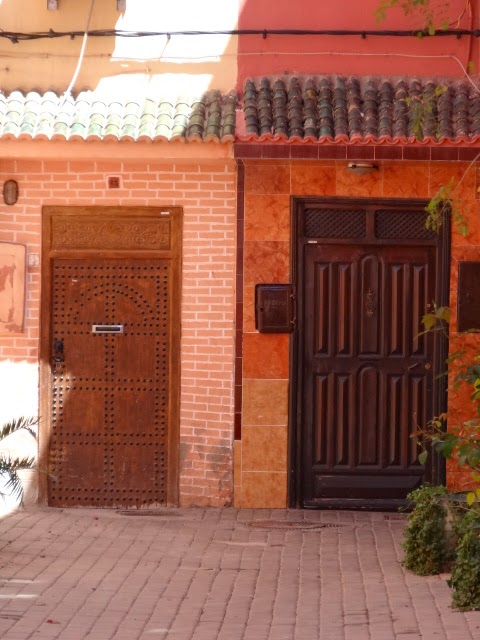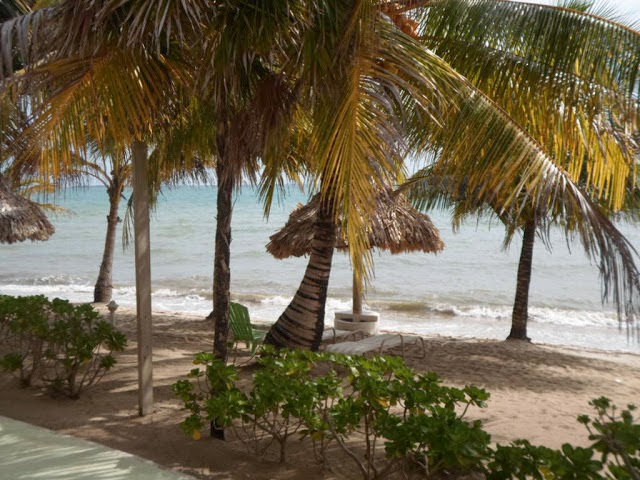 |
| A small lagoon between Anini Beach and Ke’e Beach. |
Many times we’ve written about the innate ability of animals in the wild and their ability to survive in the most treacherous of conditions, foraging for food while surviving the elements and the brutal attacks of predators and humans.
Each day as we interact with the same birds that visit; Mr. & Ms. Birdie and the Red Heads, we see the fragility of their lives. Able to fit into the palm of our hands, these tiny creatures often survive for years, mating for life, somehow managing to stay alive, resilient and healthy.
 |
| We stumbled across this beach when we took a side road off the Kuhio Highway between Ke’e Beach and Anini Beach. |
Ha! And we think we’re the supreme beings on the planet!
I find myself wishing I had the resiliency of the birds, that somehow if something wasn’t right, that I’d have the patience and perseverance to see me through utilizing my own strengths and personal resources.
 |
| The reflections in the water caught our eye as we walked along the beach. |
But, we humans haven’t grown up flying in the breeze and living on the branches of trees, pecking at bugs, seeds, and worms in order to survive. We’ve grown up in a world that encourages us, or shall I say, requires us, to seek the support of others for education, sustenance, information, and care during most periods of our lives.
As much as we’d like to believe we’re independent, we’re not. Even those who through illness, necessity, or personal decision “decide to drop out” are often subject to the rules and decisions of others who deem their lives inadequate by today’s standards.
 |
| There’s an expanse on Kuhio Highway a few miles outside of Princeville, where the scenery is breathtaking with many Acacia trees. Unfortunately, there isn’t a single spot for a car to stop to take a photo. I’ve tried taking the photo from the moving car, as in this case, unable to capture the expanse of the beauty below this bridge. |
Even us, as independent as we strive to be in our travels, and as much as our desire to travel the world was in part precipitated by our desire for freedom of lifestyle and choice, we continue to fall prey to the rules and requirements of others.
We still file and pay taxes, follow rules of a variety of travel mediums, prepare “paperwork” for this and that, and now, caught up in following the advice of a medical system that dictates rather than includes.
 |
| Ke’e Beach in Kapaa. |
Today, still struggling with this condition after two doses of the “big guns” Cipro, I’m tempted to say to myself and to Tom, “I’ll bite the bullet, hang in there and leave the “system” behind. Get over it! Get well through sheer determination.”
Ah, all the objections I sense with the cautious rumblings in the background as these words are read by our loyal readers. How could I possibly carry on if not better by tomorrow, our target day to go to the hospital in Lihue if I wasn’t feeling on the mend?
 |
| It’s not unusual to find free-range cattle in Kauai. |
Maybe I’m being “overly bubbly” in assuming I can overcome this malady by sheer will. Perhaps, not. But, I have the next 24 hours to figure it out as well as two more 12-hour doses hoping somehow it will work, when at the moment I’m not so sure.
If we had a home, I’d have already visited my own doctor, had multiple tests, and be on the mend, or…not. This life we live doesn’t make all of that dependence so easy.
 |
| A relatively young calf is in the foreground. |
Today, I dressed in regular clothing as opposed to loungewear, put earrings in my ears, made myself presentable enough to go out with a plan to visit the albatross chicks, who soon will fledge the nests.
Maybe in essence, soon, we’ll fledge the nest, once again free to soar to the heights and see the world.
Photo from one year ago, May 13, 2014:
 |
| On this date one year ago it was 108F, 42.2C, as we packed and prepared to leave Morocco in two days. For details of that date, please click here. |














































































